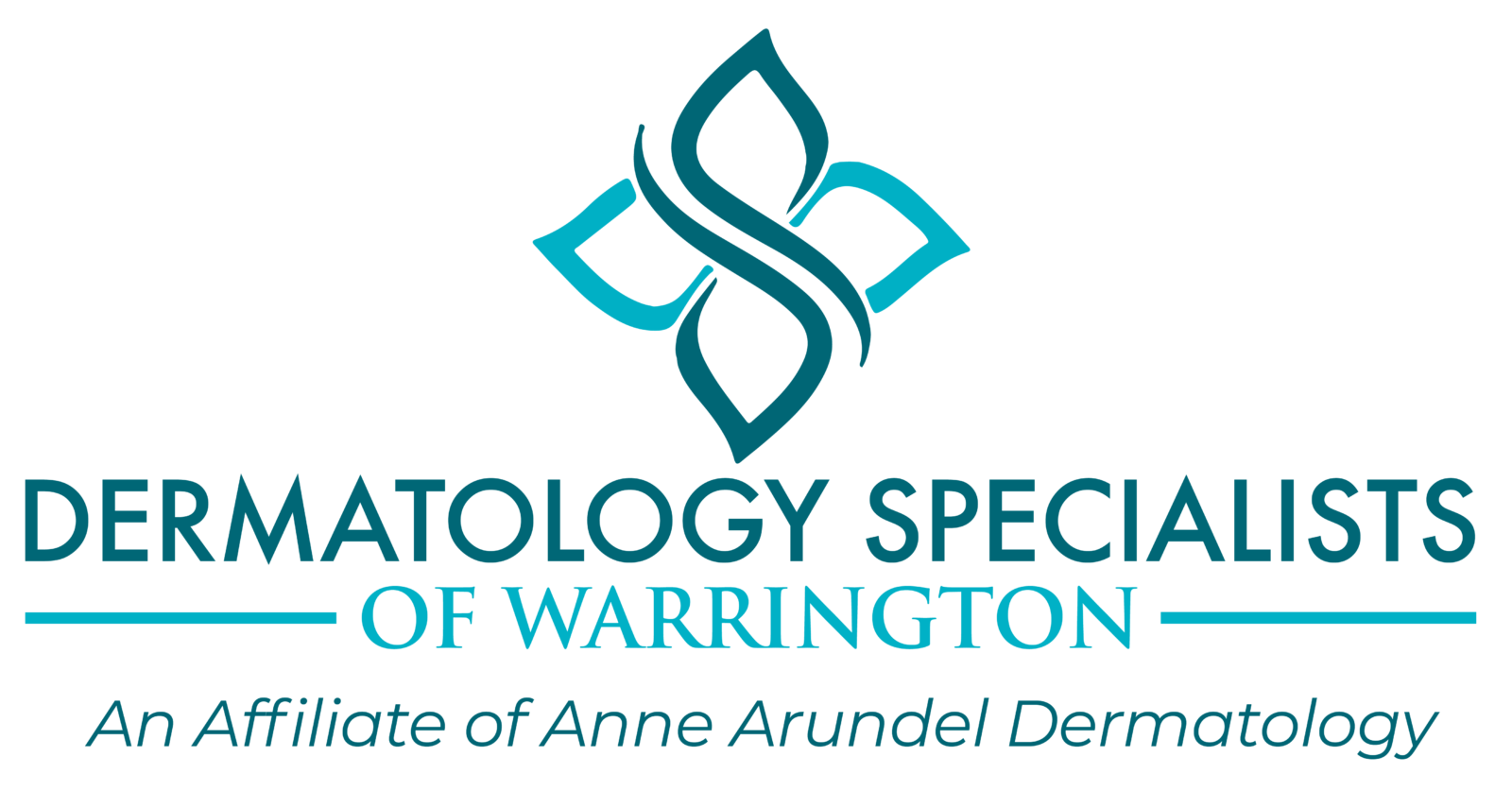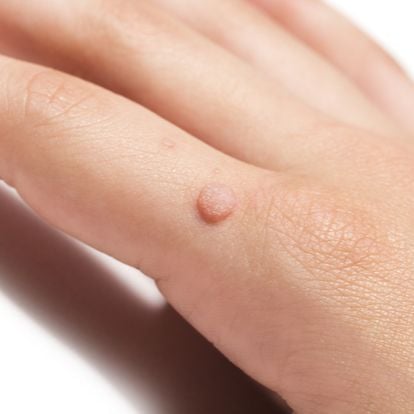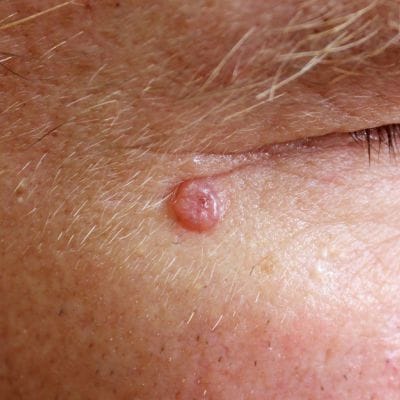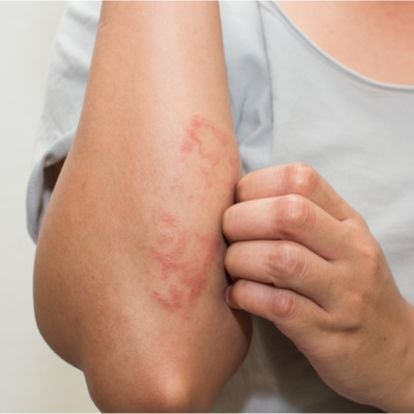Rejuvenating Sun Damaged Skin
While getting some vitamin D may be good for you, being outdoors without adequate sun protection can cause your body more harm than good. Exposure to ultraviolet (UV) light from the sun can lead to the onset of wrinkles, dark spots, and sagging skin.
Read on to find out how a visit to your dermatologist can help rejuvenate your sun-damaged skin.
What is Sun Damage?
Sun damage to your skin occurs after too much exposure to UV light rays. This results in changes to your skin cells, disrupting their growth and appearance.
According to the National Institutes for Health, sun damage can cause your skin to lose its suppleness and elasticity, making it wrinkled, thin, and leather-like. In addition, sun exposure at a young age will cause your skin to age faster.
What are the Symptoms of Sun Damage?
Sun damage results in significant changes to your skin. Not only does it put you at a higher risk for developing skin cancer, but it includes physical changes that can make your age faster.
Studies show that 80% of visible facial signs of aging can be linked directly back to a person’s exposure to UV rays.
Common symptoms of sun damage include:
- Loss of your skin’s natural oils
- Leathery skin
- Wrinkles
- Sunspots
- Dry, coarse skin
- Sunburns
- Peeling skin
How is Sun Damage Diagnosed?
Your board-certified dermatologist can help diagnose the symptoms of skin damage and offer an individualized treatment plan to rejuvenate sun-damaged skin.
Seeing a dermatologist is also recommended if you have a family history of skin cancer or if you notice a difference in the size, color, or shape of your moles or sudden growths or spots on your skin.
Treatment for Sun Damage to Your Skin is Safe When Performed by a Board-Certified Dermatologist
While the best way to prevent sun damage to your skin is to limit your exposure to the sun, your dermatologist can perform cosmetic treatments to reduce the appearance of fine lines, wrinkles, and other commonly occurring symptoms of sun damage.
Typical forms of treatment for the rejuvenation of sun-damaged skin include:
- Botox
Commonly used to treat wrinkles in your forehead and around your eyes, botox injections are a popular cosmetic procedure to prevent the formation of wrinkles. - Chemical peels
Your dermatologist may prescribe a series of chemical peels if you have sun spots, wrinkles, and dry skin. Chemical peels work by removing the top layer of your skin, resulting in a more youthful appearance and an overall improvement in your skin. - Dermal fillers
This type of cosmetic procedure is used to replace the collagen lost by your skin due to sun damage. Your dermatologist may also recommend dermal fillers if you have fine lines and wrinkles. - Laser skin resurfacing
Light from a laser is used to lighten sun spots, target redness caused by sun damage, and decrease the appearance of fine lines and wrinkles.
Prescription creams
For some patients, a prescription tretinoin cream may be sufficient in treating wrinkles, fine lines, and discoloration. It works by helping your skin shed dead skin cells and regenerate new ones, improving your skin’s overall texture.






